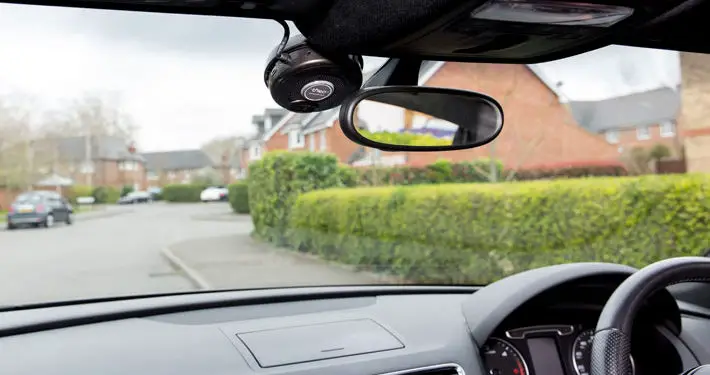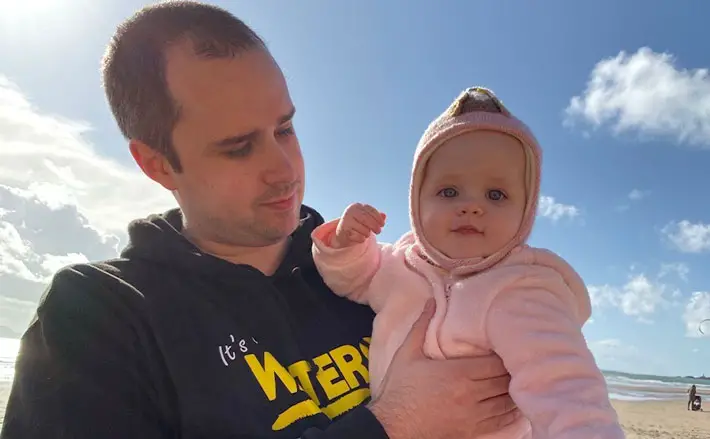Accident Rise on Rural Roads – Drivers Risk No Witnesses and No Help

Drivers and their passengers continue to face the greatest risk of being killed or seriously injured in a car accident on a rural road compared to any other road based on fresh analysis of official road casualty data . There has also been a marginal increase in the number of serious car casualties on rural roads – the figure rose to 10,790 in 2018 compared to 10,532 in 2017. Concerned over the rise in casualties, Mike Brockman, CEO of ThingCo, a pioneer of technology to improve road safety, is urging drivers to slow down and get connected to help ensure they get immediate support when they need it along with proof of the circumstances of the crash.
Richard Waters, (30) a pub manager from Sheffield has done just that. Richard has a 20 mile journey on country roads to work and home again, late at night. Making his journey as safe as possible is therefore a big concern – a concern that heightened when he became father for the first time a year ago.
Richard ditched his dashcam in preference for Theo – the smart in-car companion that incorporates forward collision warning, HD camera for video download, crash assistance, telematics and intelligent voice.
“Rural roads can be a minefield”
Richard said: “Standard dashcams are very limited in what they offer from a safety perspective. I was drawn to Theo for the combination of technology and the support network that sits behind it. I really like the peace of mind knowing that if I am in an accident, the accident assistance team at Theo will make sure I get help immediately. The forward collision warnings help me stay focused and I like the fact I can download video snapshots of my journey if needed.”
Theo is professionally fitted to the windscreen of Richard’s car and has an accompanying app that enables Richard to review his trips and how he scores in his driving behaviour. He has already modified his driving based on the feedback on the app which showed he was slightly over the speed limit on certain journeys and braking too harshly. The result of these slight modifications seen his driving improve in the space of a few weeks.
Mike Brockman says: “Rural roads can be a minefield – high hedges, varying and sometimes unclear speed limits, wildlife, and lack of lighting can make a journey challenging. If you are unlucky enough to have an accident, the speed of support from emergency services is bound to be a lot slower than an urban road or motorway. If there’s no other car involved it might be sheer luck that someone finds you. Then there’s the stress of the insurance claim without witnesses to back up your story.
“Makes any car a connected car”
“Relying on a mobile phone for help is risky – it could be damaged or thrown from a car in an accident. Motorists should investigate the support they can get either through existing connected services from the car’s dashboard or via a device such as Theo, the smart in-car companion, fitted to the car windscreen.”
Theo is a 4G connected ‘super’ dashcam utilising an effective combination of HD video, telematics, forward collision sensors and voice. The device fits seamlessly to any vehicle’s windscreen and warns drivers when they get too close to the car in front, records the road ahead through a HD camera and speaks to the driver to offer immediate help following an accident. If there is no response from the driver suggesting they are unconscious, emergency services will be alerted with the exact location of the vehicle.
Mike Brockman continues: “In-car technology is a game-changer for road safety – the problem is that not every car has the ability to get connected to help provide immediate support to the occupants of the car. That’s why I created Theo – it makes any car a connected car to make journeys safer. It can even create a detailed picture of what happened prior to the accident to help support a claim, should the driver want it.”











